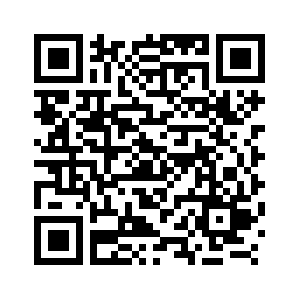LOS ANGELES, June 3 (Xinhua) -- The U.S. National Aeronautics and Space Administration (NASA) and Boeing are targeting Wednesday, June 5, for the launch of the first crewed mission of the Starliner spacecraft to the International Space Station (ISS).
The spacecraft was previously scheduled to launched on Saturday on a United Launch Alliance (ULA) Atlas V rocket from Space Launch Complex-41 at Cape Canaveral Space Force Station in Florida. But the mission was called off minutes before launch due to technical issues.
Technicians and engineers with ULA worked overnight Saturday and on Sunday to assess the ground support equipment at the launch pad that encountered issues during the countdown and scrubbed the launch attempt, according to NASA.
The ULA team identified an issue with a single ground power supply within one of the three redundant chassis that provides power to a subset of computer cards controlling various system functions, including the card responsible for the stable replenishment topping valves for the Centaur upper stage.
All three of these chassis are required to enter the terminal phase of the launch countdown to ensure crew safety.
The team removed the chassis containing the faulty ground power unit on Sunday, and replaced with a spare chassis. No signs of physical damage were observed, said NASA.
A full failure analysis of the power unit will be performed to better understand root cause.
Meanwhile, ULA has completed functional checkouts of the new chassis and the cards, and all hardware is performing normally, according to NASA.
The flight test will carry NASA astronauts Butch Wilmore and Suni Williams to the ISS for about a week to test the Starliner spacecraft and its subsystems before NASA certifies the transportation system for rotational missions to the orbiting laboratory for the agency's Commercial Crew Program, according to NASA. ■



